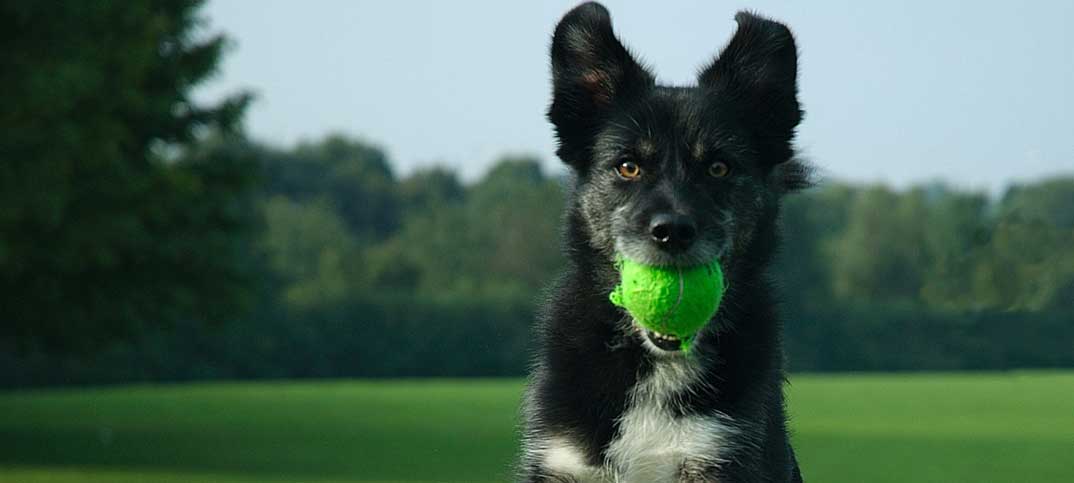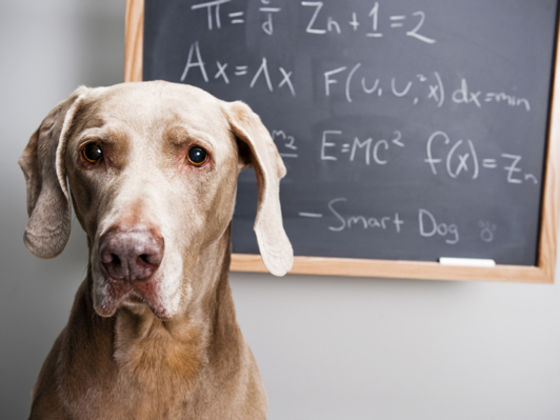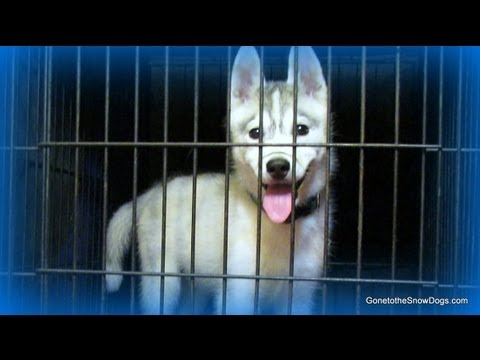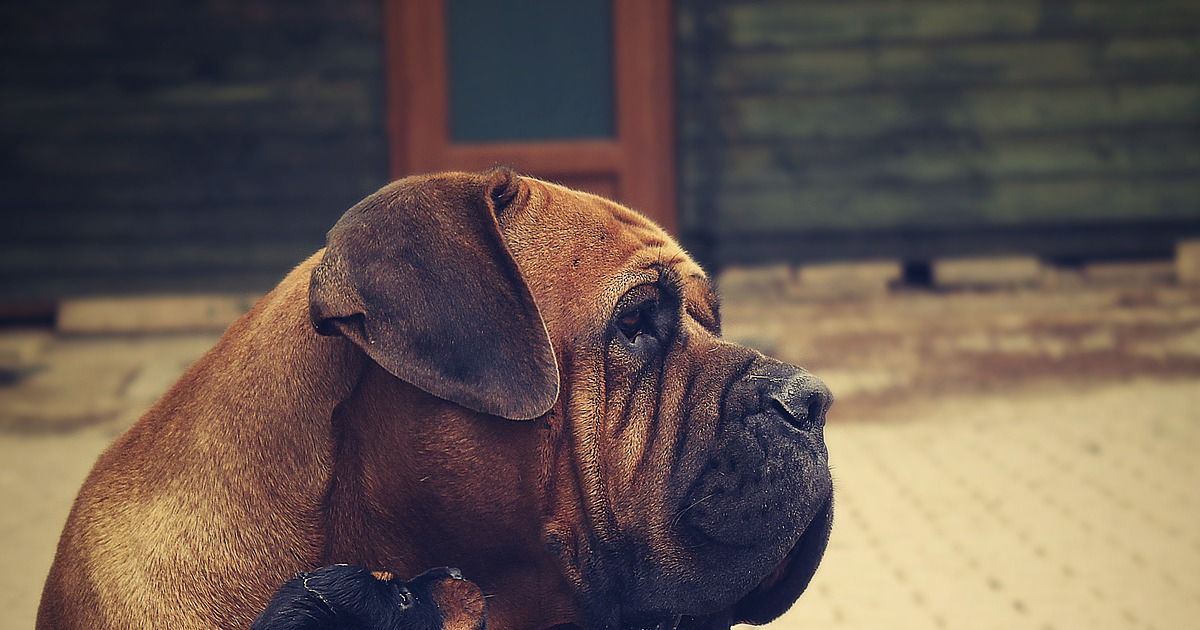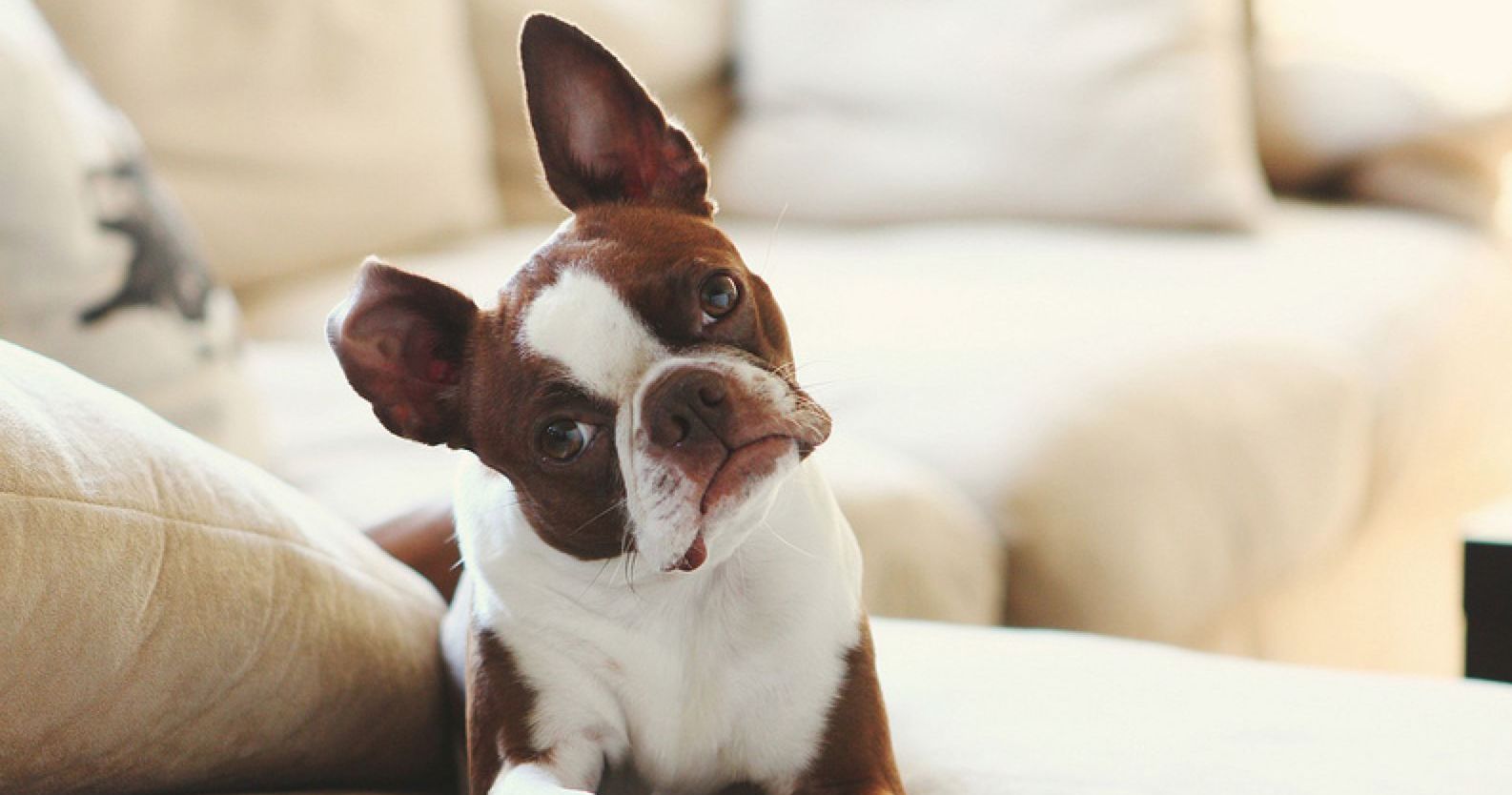The key factor in transforming that adorable puppy into a well behaved dog the whole family will enjoy is proper dog training techniques. Dogs, like children, need to know the rules of the house and they need to respect the authority of their owners. Many new pet owners fall in love with the cute, scruffy face at the breeders, only to be disillusioned and frustrated when that adorable ball of fluff chews up the furniture or makes messes on the carpet. While all puppies will find their share of trouble, a responsible dog owner will utilize plenty of time and patience to raise that pup into a well behaved dog that is a joy to all. This article will provide some dog training basics to help you and your puppy develop a happy relationship.
Establishing Rules
The first step in dog training is to establish the rules of the household, and the sooner you begin, the more successful you will be. This means that if you don’t want your 70-pound Golden retriever hopping up on your bed at night, you should not let your 10-pound puppy up there either. Not once; not ever. It is never too early to teach your pup to stay off the furniture or avoid jumping on guests. Before you bring your puppy home, make sure the entire family understands and is prepared to enforce the rules the dog will be expected to follow.
Maintaining Consistency
Once the rules have been set, it will be up to you to maintain consistency in enforcing them. Every time your puppy breaks a house rule, he should be reprimanded with a sharp “No!” and shown the proper behavior. This applies to all aspects of dog training, such as house breaking and chewing on his toys instead of your shoes. Just like kids, dogs will learn the rules quickest when they are enforced without fail. The problem is that consistency takes time and plenty of patience on the part of the dog owner. However, good, consistent dog training at the beginning will save time, effort – and your shoes – in the long run.
Offering Positive Rewards
When Scruffy does follow the rules appropriately, it is important to reward him for his good behavior. Effective dog training will use positive reinforcement much more often than punishment to produce desired results. At the beginning of the process, rewards might include an edible treat. As your pup gets the hang of the dog training process, rewards can move to praise and positive attention when your dog obeys your commands. When you provide positive reinforcement on a consistent basis, your puppy will soon learn that it is to his benefit to listen and obey your instruction.
Dog training is not particularly difficult, but it does take time, patience and consistency to produce the desired results. However, you will find that the time you put in will be well worth the effort when you end up with a dog that is enjoyable for your family and guests.

